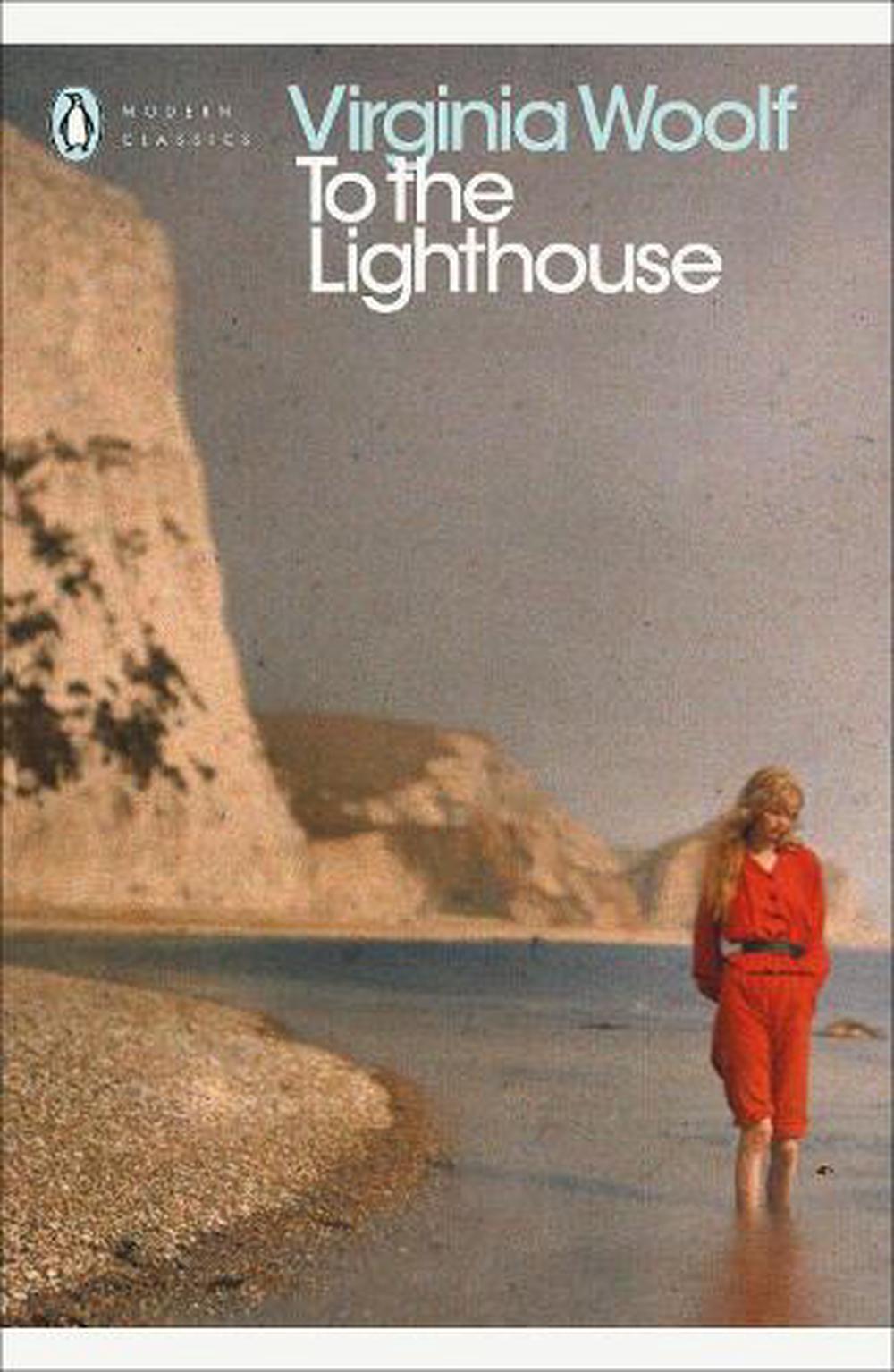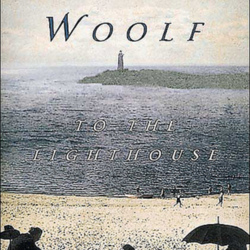


They use the narrative technique, Interior Monologue, in their novels that deals with the flow of ideas, thoughts, feelings, and sensation. The aim of this study is to show how Golshiri and Woolf try to move deeply into the character’s consciousness. Focusing on the narrative techniques used by these two modernist writers and deals with illustrations from the novel and its explanations. The present study will examine, in detail the creation of interior monologue through the minds of characters with reference to Golshiri’s Shazdeh Ehtejab and Virginia Woolf’s two selected novels, Mrs. An early example in Persian fiction which has a great emphasis on form and techniques of narrating the story. Golshiri has made use of both direct and indirect interior monologues in his master piece, Shazdeh Ehtejab. Comparing Houshang Golshiri’s Shazdeh Ehtejab with Virginia Woolf’s Mrs. This paper aims to compare interior monologue which is a modern technique in three selected novels. Its exquisite beauty is enhanced by knowing that we humans live short lives and lose everything when we die. For Woolf, life is characterized by endless variety and movement. This paper demonstrates that Virginia Woolf used time as a formal element of narrative to show the relationship of time to human consciousness and she never overlooked the fact that time moves human beings toward death. A second conclusion is that she was greatly influenced by the philosophy of Henri Bergson and that consequently her writing increasingly reflects the fluid movement of time within consciousness. One conclusion drawn from this study is that Woolf began to use time as a literary element, thereby decreasing her development of plot and characterization.


The purpose of this paper is to look at Woolf treatment of the movement of time within the conscious mind in the novel in title of To the Light House by Virginia Woolf. Time is an important element in modern literature, has always been one of the most important themes of Virginia Woolf’s novels.


 0 kommentar(er)
0 kommentar(er)
